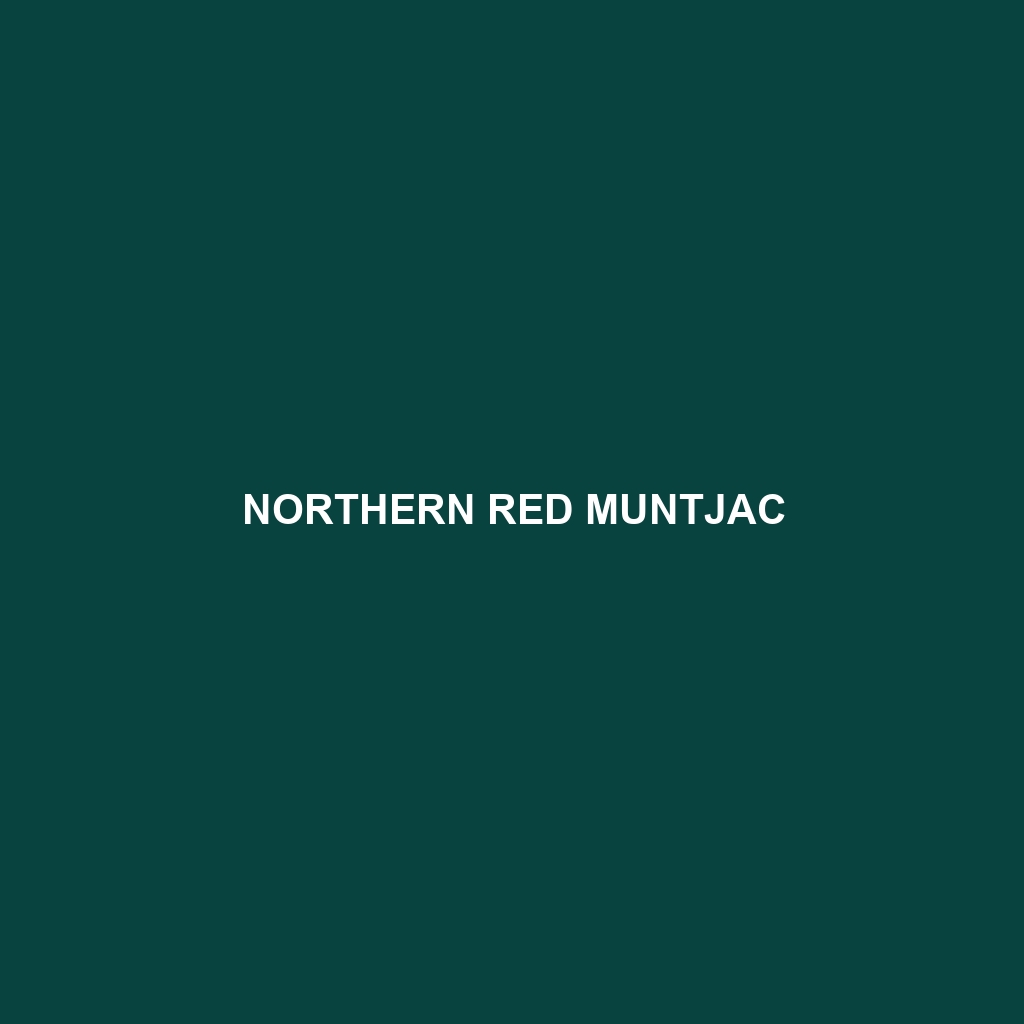Annamite Muntjac Species Description
Common Name: Annamite Muntjac
Scientific Name: Megamuntiacus vuquangensis
Habitat: The Annamite Muntjac, a unique deer species, is primarily found in the dense forests of the Annamite mountain range, which stretches along the border of Vietnam and Laos. It inhabits tropical and subtropical moist montane forests, favoring environments with plenty of undergrowth that provides cover and food sources. The species thrives in areas of significant elevation, often in mixed deciduous and evergreen forests.
Physical Characteristics: The Annamite Muntjac is relatively small, standing about 60 to 90 cm at the shoulder and weighing between 20 to 30 kg. It features a reddish-brown coat that becomes darker in the winter months. Distinctive characteristics include small antlers in males, which typically grow only to about 15 cm, as well as prominent canine teeth that extend outward, giving the species a unique appearance. The species also has well-defined facial markings and a lighter underbelly.
Behavior: Known for its elusive nature, the Annamite Muntjac exhibits both solitary and social behaviors. These animals are primarily crepuscular, being most active during dawn and dusk. They communicate through a range of vocalizations, including a series of barks and grunts, particularly during mating seasons. Muntjacs are also known for their territorial instincts; males establish territories through scent marking and vocal displays.
Diet: The Annamite Muntjac is herbivorous, primarily feeding on a diverse array of vegetation, including leaves, grasses, fruits, and flowers. Its diet reflects the seasonal availability of food sources within its forest habitat. In addition to browsing on plants at different heights, they are known to forage on the forest floor, which highlights their adaptability in feeding habits.
Reproduction: The breeding season for the Annamite Muntjac typically occurs during the cooler months, although breeding can happen year-round under optimal conditions. Female muntjacs give birth to a single fawn after a gestation period of around 7 months. Observations indicate that mothers are attentive, often hiding their young in dense vegetation to protect them from predators during the early stages of growth.
Conservation Status: The Annamite Muntjac is currently classified as Vulnerable by the International Union for Conservation of Nature (IUCN). This status is attributed to habitat loss due to deforestation and hunting pressures. Conservation efforts are underway to protect its remaining habitats and raise awareness of its ecological importance.
Interesting Facts: The Annamite Muntjac is often referred to as the “barking deer” due to its unique vocalizations that resemble barking sounds. Additionally, this species has a fascinating ability to shed and regrow its antlers annually, much like other deer species.
Role in Ecosystem: The Annamite Muntjac plays a crucial role in its ecosystem as a herbivore. By browsing on a variety of plants, it helps in vegetation control and seed dispersal, which contributes to overall forest health. Its presence supports various predators, creating a balanced food web in the forests of the Annamite mountain range.
